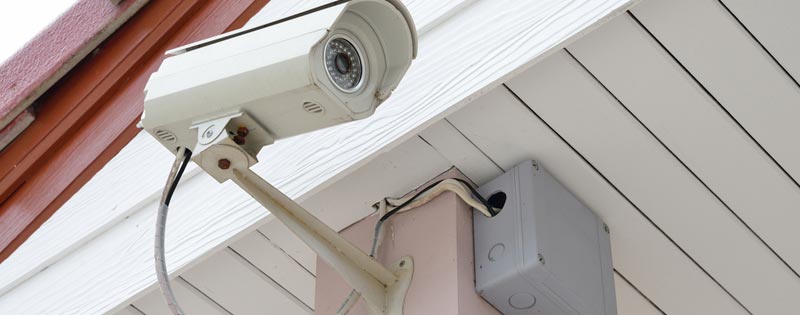The New Age Of Home Security
The installation process for a home security system was once thought of as a job for skilled professionals. Men and women in company uniforms would configure the home's internal wiring to link up with the system. This setup would create an invisible protective screen around the client's home. After the system was switched on, the company would monitor activity from a remote data center.
Today, the advent of cellular technology has allowed some home security providers to offer customers the opportunity to install their own systems.
Advantages of Professional Installation
The major advantage to professional home security system installation is the assurance that the task has been completed correctly and competently. Home security technicians undergo hours of training to understand the complexities of each system and prepare themselves for almost every eventuality.
Professional installers can also offer advice on the systems and peripherals best suited for each homeowner's needs. This professional advice eliminates much of the guesswork on which sensors, detectors and monitors the customer requires.
Drawbacks of Professional Installation
The two most obvious drawbacks to professional installation are higher costs and lack of convenience. While some companies may offer free installation as a promotion or for qualified customers, most professional home security installers charge an installation fee per system. The installation fees can start at $99 and go up based on the system, add-ons and services.
Also, most installers do not give the customer a specific arrival time. The customer has to wait all day at home, let the installer into the house and wait until the professional completes the job.
Advantages of Do-it-Yourself Installation
The primary advantage of do-it-yourself installation lies in the cost savings. The customer can spend the money for installation fees on an improved control panel, more sensors or other aspects of the system.
For many Do-it-Yourselfers , the aspect of controlling the installation process is much more appealing than allowing a total stranger to come into the home. Situational control for the customer can give as much peace of mind as the system itself.
Drawbacks of Do-it-Yourself Installation
While the Do-it-Yourself customer can save money by conducting the installation process, that customer trades off that savings in the time spent during that process. Home installers must read the manual, configure the alarm, set up the sensors and test the system, all without any on-site professional guidance. While most companies that provide Do-it-Yourself systems offer online and telephone support, the extra money paid for a professional installer can make up for a lot of time and frustration in the installation procedure.
Conclusion
The trade-off between professional installation and Do-it-Yourself is fairly obvious. A professional installer does the job well and quickly, while a Do-it-Yourself setup saves time and avoids inconvenience. The customer's priorities will dictate the choice between a professional installation and hands-on process.

